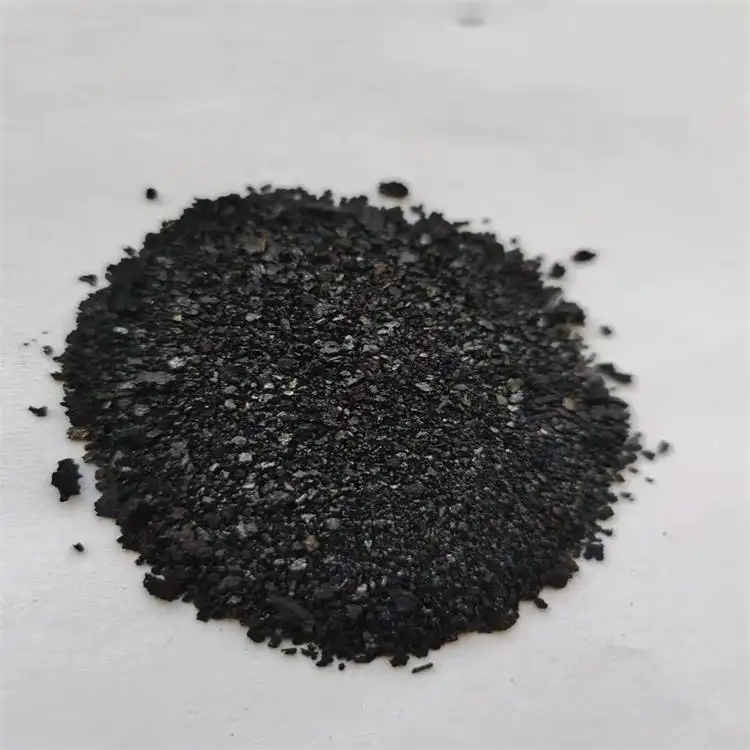The Ultimate Guide to Indigo Dyeing at Home for Stunning Results
The Best Indigo Dyeing at Home A Comprehensive Guide
Indigo dyeing has a rich history that dates back thousands of years, offering vibrant blues that are synonymous with denim and other textiles. While professional dyeing techniques can require specialized equipment and expertise, dyeing with indigo at home can be a rewarding and enjoyable experience. In this guide, we'll walk you through the best methods for creating beautiful indigo-dyed fabrics in the comfort of your home.
Understanding Indigo Dye
Indigo is a natural dye derived from the leaves of the indigo plant. Unlike other dyes that bond with fibers on a molecular level, indigo is unique because it requires a reduction process to dissolve into a soluble form. Once the fabric is immersed in the dye solution and exposed to oxygen, the color develops as it oxidizes, resulting in varying shades from light blue to deep navy.
Materials Needed
To get started, gather the following materials
1. Indigo dye You can purchase powdered indigo dye or an indigo dye kit from craft stores or online retailers. Kits often come with all necessary components for dyeing. 2. Fabric Cotton, silk, and linen fibers work best for indigo dyeing. Pre-wash your fabric to remove any finishes or dirt. 3. Bucket or tub A plastic or stainless-steel container is ideal for dyeing. 4. Hot water Required for the dyeing process. 5. Reducing agent Common choices include sodium hydrosulfite, or you can use natural alternatives like ripe bananas. 6. pH adjuster This is often household ammonia or washing soda. 7. Rubber gloves To protect your hands from staining. 8. Stirring stick A wooden or plastic stick works well. 9. Plastic tarp or old newspaper For protecting your dyeing workspace.
Preparation Steps
1. Preparing the Dye Bath If you’re using a powdered indigo dye, dissolve it in hot water according to the package instructions. Typically, you would mix it with a reducing agent and a pH adjuster to create the right environment for dyeing.
2. Setting Up Your Workspace Cover your work area with a plastic tarp or old newspaper to catch any spills or drips. Wear old clothes, as indigo can stain fabrics and surfaces.
3. Pre-wash Your Fabric This step is crucial to ensure even dye absorption. Use a mild detergent and rinse thoroughly.
Dyeing Process
best indigo dyeing at home

1. Immersion Submerge the fabric in the dye bath, ensuring it is completely saturated. The longer you leave it in the dye, the darker the result. For beginners, start with about 5-10 minutes.
2. Oxygen Exposure After dyeing, remove the fabric from the dye bath and allow it to oxidize in the air. It should turn from a greenish hue to a vibrant blue within minutes. This is an essential part of the indigo dyeing process, so be patient!
3. Repeat for Desired Color If you desire a deeper shade, re-dip the fabric multiple times, repeating the oxidation process each time.
4. Rinse and Set the Color Once you achieve your desired color, rinse the fabric in cold water until the water runs clear. This will remove excess dye and help set the color.
5. Dry Hang your fabric to dry in a shaded area to prevent fading from direct sunlight.
Post-Dye Care
Indigo-dyed fabrics may bleed in the wash, especially for the first few washes. To mitigate this, consider washing your fabric separately in cold water with a mild detergent. Over time, the color will set and become more stable.
Experimentation and Creativity
Indigo dyeing provides ample opportunity for creativity. You can experiment with different techniques like tie-dye, shibori (Japanese resist dyeing), or using stencils to create unique patterns. The beauty of indigo lies in its variability, so no two pieces will ever be alike.
Conclusion
Indigo dyeing at home can be a fulfilling craft that connects you with history and nature. With just a few materials and a bit of patience, you can transform ordinary fabrics into stunning works of art. So roll up your sleeves, embrace the process, and enjoy the journey of bringing a beautiful shade of blue to your textiles!
-
The Timeless Art of Denim Indigo Dye
NewsJul.01,2025
-
The Rise of Sulfur Dyed Denim
NewsJul.01,2025
-
The Rich Revival of the Best Indigo Dye
NewsJul.01,2025
-
The Enduring Strength of Sulphur Black
NewsJul.01,2025
-
The Ancient Art of Chinese Indigo Dye
NewsJul.01,2025
-
Industry Power of Indigo
NewsJul.01,2025
-
Black Sulfur is Leading the Next Wave
NewsJul.01,2025

Sulphur Black
1.Name: sulphur black; Sulfur Black; Sulphur Black 1;
2.Structure formula:
3.Molecule formula: C6H4N2O5
4.CAS No.: 1326-82-5
5.HS code: 32041911
6.Product specification:Appearance:black phosphorus flakes; black liquid

Bromo Indigo; Vat Bromo-Indigo; C.I.Vat Blue 5
1.Name: Bromo indigo; Vat bromo-indigo; C.I.Vat blue 5;
2.Structure formula:
3.Molecule formula: C16H6Br4N2O2
4.CAS No.: 2475-31-2
5.HS code: 3204151000 6.Major usage and instruction: Be mainly used to dye cotton fabrics.

Indigo Blue Vat Blue
1.Name: indigo blue,vat blue 1,
2.Structure formula:
3.Molecule formula: C16H10N2O2
4.. CAS No.: 482-89-3
5.Molecule weight: 262.62
6.HS code: 3204151000
7.Major usage and instruction: Be mainly used to dye cotton fabrics.

